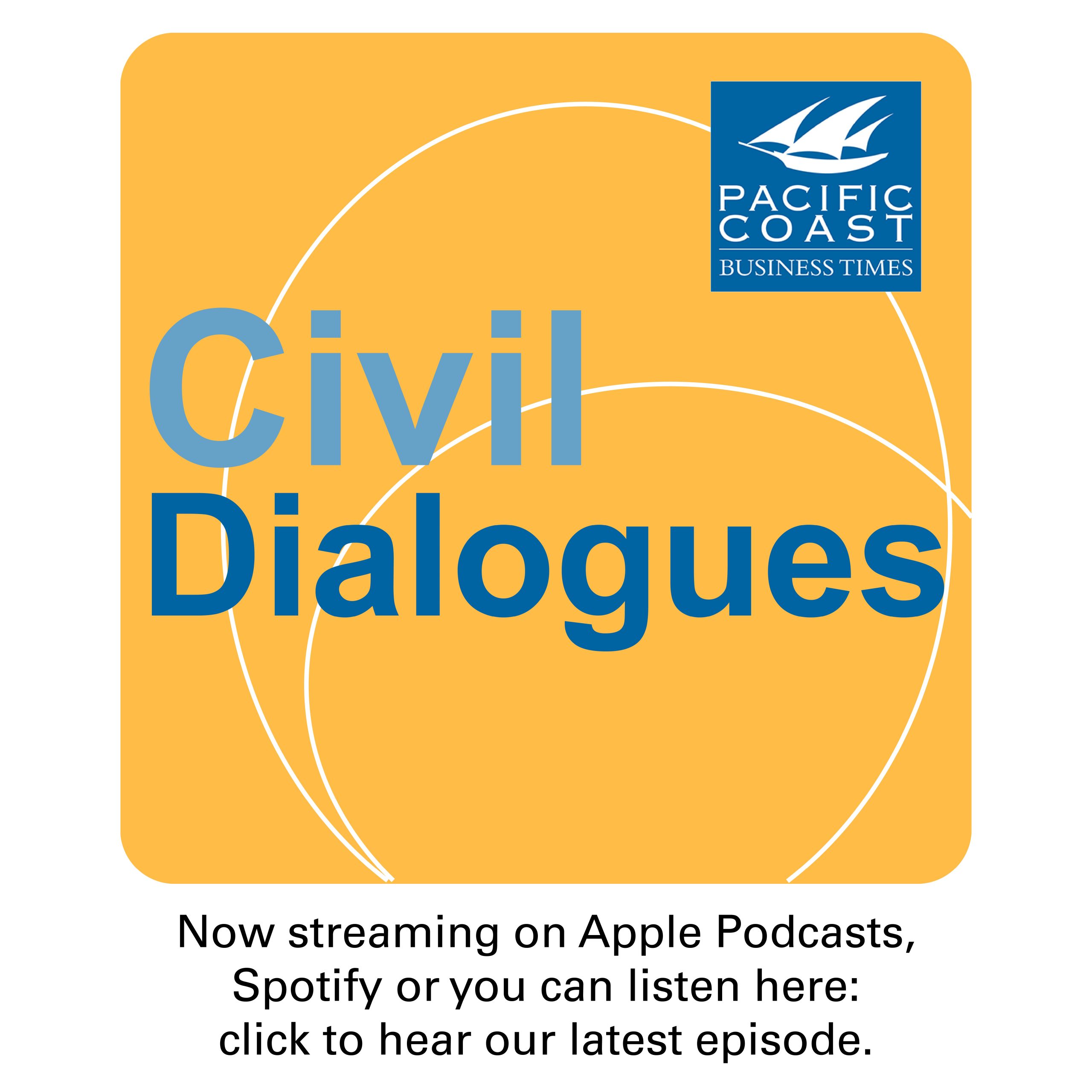Infection straining region’s health care system
IN THIS ARTICLE
- Health Care & Life Science Topic
- Madeleine Benn Author
By Madeleine Benn Thursday, December 1st, 2022
By Madeleine Benn
Staff Writer
Central Coast hospitals and health care facilities are straining to care for patients suffering from RSV, a contagious, potentially serious, non-COVID-19 illness that could combine with COVID and other infectious diseases to result in a multi-epidemic in the region during the winter months, say local public health officials, health care administrators and physicians.
“A lot of the hospitals are at capacity,” said Dr. Cindy Holt, a pediatric hospitalist at Sierra Vista Regional Medical Center in San Luis Obispo, which has the only pediatric unit in in San Luis Obispo County and has been handling its RSV cases. As cases rise, Siearra Vista works with other hospitals in the region to manage the case load.
Sansum Clinics, which operates 23 sites from Santa Maria to Carpinteria “are busier than they have been since the height of the pandemic,” said Dr. Marjorie Newman, the company’s medical director. “We are having many youngsters showing up to the pediatrics and urgent care. Sadly, a few kids co-infected with RSV and Covid.”
And there is no antiviral treatment for RSV, Newman said, while there is Paxlovid for Covid-19 amd Tamaflu for flu.
To be sure, RSV is neither new nor overly threatening to most people, producing familiar runny noses, sore throats and coughs. But significant numbers of infants and young children are winding up in emergency rooms, often needing help to breathe, say doctors.
“RSV is most impactful on kids under five and in adults over 60 and adults with chronic medical conditions,” said Dr. Robert Levin, the Health Officer for Ventura County Public Health.
And its greater than usual spread is coinciding with a significant rise in local Covid-19 infection rates. At Sansum clinics it had risen to 18% by Nov. 30, up from 5% three weeks before, said Newman.
Newman, local public health officials, health care administrators and physicians say they’re highly concerned about a convergence of the spreads of Covid-19 and RSV with an expected surge in flu, pneumonia and colds in the coming weeks and months.
“This surge in RSV and influenza, as well as Covid, is what everyone was fearing and is now what’s actually happening,” said Newman. “It really is the trifecta, in addition to the rhinoviruses and the enteroviruses that are also typically circulating this time of year.”
“I’m not just worried about a tripledemic,” said Dr. Mathieu de Schutter, chair of Sierra Vista Regional Medical Center’s pediatrics department in San Luis Obispo, “but a quintuple-demic.”
The greater than usual spread of RSV this year may be the result of Covid quarantining in close quarters, followed by people circulating in public again, typically without protective masks, public health officials and doctors say.
And with the advent of this holiday season, many people are meeting with family from across the state and country, possibly facilitating viral spreading.
To be sure, the worst case scenario has not yet arrived, nor is it inevitable, said Dr. Lynn Jeffers, Chief Medical Officer of Dignity Health – St. John’s Regional Medical Center and St. John’s Hospital Camarillo. “While all three viruses are present right now in our county, they are not peaking all at once at this time,” she said. “However, it is a real concern for health care organizations.”
The resulting strain already stressing the Central Coast’s health care system extends beyond its capacity for specialized treatment of RSV, said Sierra Vista’ de Schutter. “When we transfer a child to an ICU, it’s not just a question of whether they’ll have enough beds, but enough nurses,” he said. “We hadn’t anticipated…nurses, doctors and therapists’ kids getting sick and those practitioners now needing to stay home. In an already tight work pool, we’re going to see more of an impact pretty soon.”
Holt stressed RSV’s contagiousness. “It can live on some surfaces for up to six hours,” she said. “It’s not something you breathe through the air, it is surface based so if you cough and touch it and then touch your eyes, nose or mouth you’ll get it. That’s why masks were great because it helped curb the spread.”
She also advises thorough hand washing and avoiding sick people. Parents should keep sick younger children home to avoid spreading the illness. Newborns shouldn’t be passed around.
Also effective are vaccinations against COVID-19 and the flu, wearing a high-quality mask in crowded spaces, and covering coughs and sneezes said Jackeline Ruiz, a spokesperson for the Santa Barbara County Public Health Department.
“When people say they have allergies, don’t believe them,” Holt said.
The differences in the three major circulating respiratory illnesses concerning of concern tend to be slight but apparent.
“In RSV, kids will experience a runny nose, cough or mild fever,” said pediatrician Holt. “In a child or adolescent, the flu will make them seem a bit sicker even with similar symptoms. An older child might complain of aches or a sore throat. A higher fever is associated with the flu.”
“COVID in kids is closer to a cold” she said. “Fortunately, children generally don’t experience the respiratory or breathing problems that would cause the need for hospitalization, but when kids do get COVID and need to be hospitalized it’s because they have a co-infection with one of the others.”









